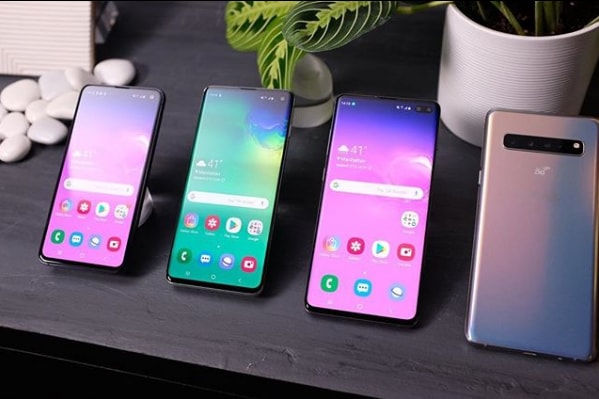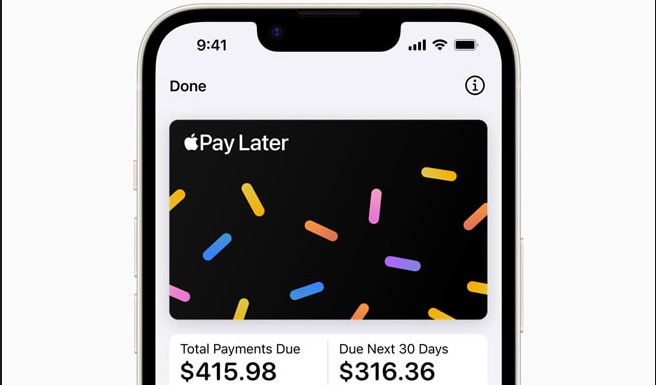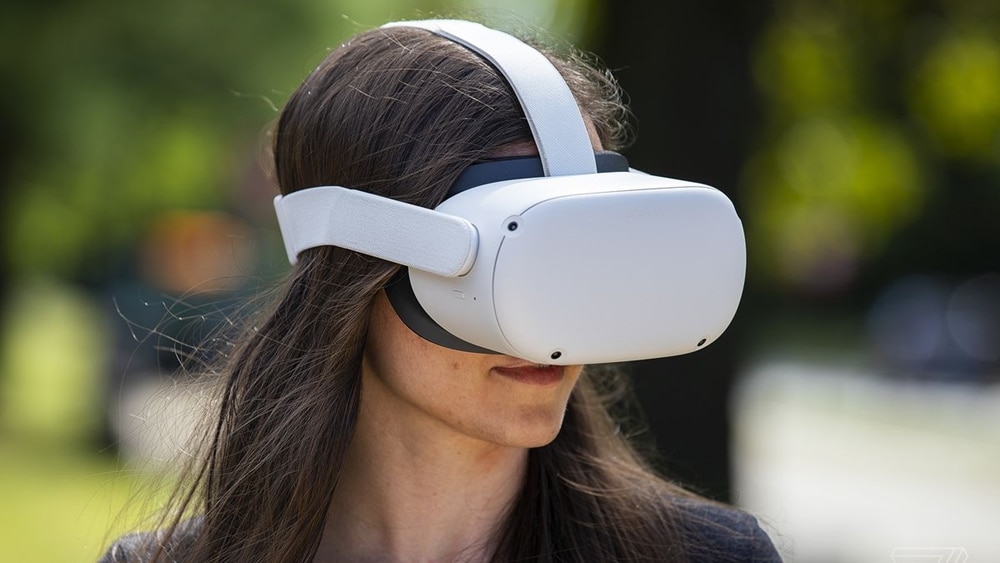Underneath we’ll get into a portion of the arrangements on a How To Fix Samsung Galaxy S10 Overheating Issues.
The Samsung Galaxy S10 is a line of Android smartphones manufactured and developed by Samsung Electronics. It was Unveiled during a press event on February 20, 2019, they are scheduled to be begin shipping on March 8, 2019. The Samsung Galaxy S10 release date will be on Friday, March 8, which is one week earlier than last year’s samsung galaxy phone. It was officially announced on February 20.
The Galaxy S10 prices are $899 / £799 / AU$1,349 / AED 3,199, meaning you’re going to be spending an additional $180 / £60 / AED 100 on this smartphone over the S9 launch price. If you like the look of this smartphone but think that price is a tad high, you have two options: you can go for the cheaper Samsung Galaxy S10e, which starts at $749 / £669 / AU$1,199 / AED 2,699.
Differentiated primarily by screen size and an additional front camera on the S10+. In addition, Samsung also unveiled a smaller model known as the Galaxy S10e, as well as a larger, 5G-compatible version, the Galaxy S10 5G. The Samsung Galaxy S10 comprises of four models with various hardware specifications; the main Galaxy S10 and Galaxy S10+ respectively has a 6.1 and 6.4-inch 1440p “Dynamic AMOLED” displays with HDR10+ support and “dynamic tone mapping” technology.
The Smartphone displays have curved sides that slope over the horizontal edges of the smartphone device. Unlike its predecessors, their front cameras occupy a rounded cut-out near the top-right of the display, and both models utilize an ultrasonic in-screen fingerprint reader. International models of the S10 utilize the Exynos 9820 system-on-chip, while American models utilize the Qualcomm Snapdragon 855. The two devices are sold with either 128 or 512 GB of internal flash memory storage.
The Samsung Galaxy S10 features a multi-lens rear-facing camera setup; it still has the dual-aperture 12-megapixel and 12-megapixel telephoto lenses of the previous Samsung Galaxy S9+, but also adds a 16-megapixel ultra-wide-angle lens. The front camera on the Galaxy S10+ is accompanied by a second RGB depth sensor. The cameras also support 4K video recording and HDR10+.
How To Fix Samsung Galaxy S10 Overheating Issues:
Factors that Impact Your Phone’s Temperature:
Although your phone may get warm, it has built-in safeguards to alert you and protect itself if it exceeds normal operating temperatures. Here are some outside factors that can affect your phone’s temperature:
Reasons your smartphone warms up:
Using your phone outside of normal operating conditions, which are ambient temperatures between 32 and 95 degrees Fahrenheit.
Placing your phone near a heat source, leaving it in a parked car on a hot day, or continued use in direct sunlight.
Using multiple apps for an extended period of time, or using processor-intensive apps such as gaming or GPS tracking.
Initial setup and data transfer from a previous device.
System updates.
Charging.
When you use features or apps that require more power or keep your phone on the charger for an extended amount of time, it may temporarily heat up. Here are some tips on what to do if it does heat up, and what you can do to avoid overheating.
Solutions for when your phone warms up:
Disconnect the phone charger and close any running apps until the phone cools down.
Try using a different USB cable. A defective cable can cause overheating.
Remove metal or magnetic material between the phone and the wireless charger.
Keep the phone’s software updated.
Turn off Wi-Fi, GPS, and Bluetooth when you’re not using them.
Delete unused or unnecessary files and apps.
Turn down the screen’s brightness.
Do not use the phone for a while. If the phone is still overheated or hot, you should contact Samsung.
When Your Phone Attempts to Cool Itself Down:
If the phone powers down due to overheating, let it cool off completely before you begin using it again.
Your phone is designed to regulate its operating temperature. If it gets too hot, you should remove your phone from any of the conditions listed above and let it cool down. In this situation, the phone may power off, close apps, temporarily stop charging, and/or dim the display. Your phone will also display notifications like the ones below that let you know your phone needs to cool down.
Note: Wording may vary by model.
Experiencing difficulties with your Android Device, check out our “How To” page on how to resolve some of these issues.
Other Android Technical Reviews:- Android








